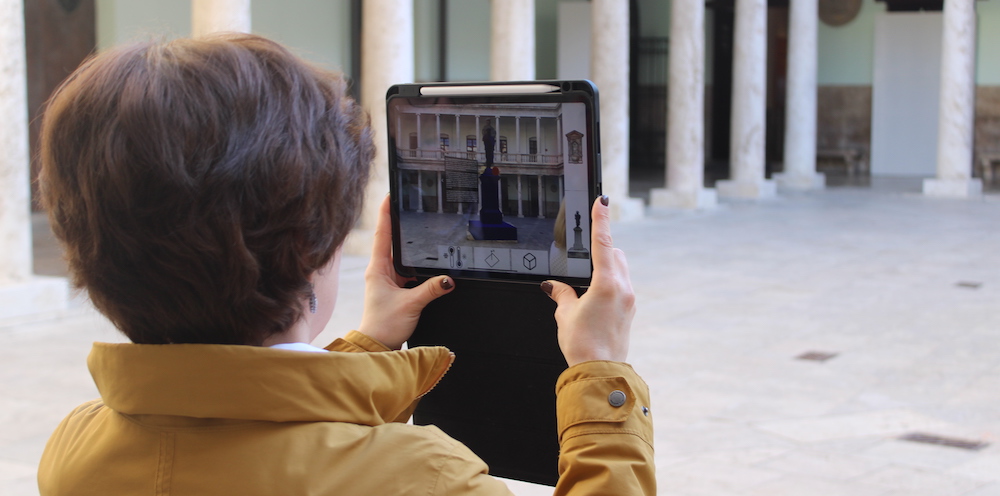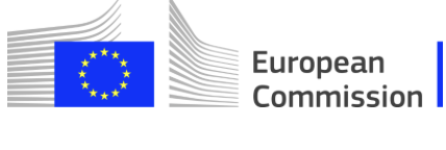Un consorzio internazionale sta sviluppando tecnologie intelligenti per salvaguardare il patrimonio culturale alla luce dei cambiamenti climatici e dei conflitti.
Il patrimonio culturale europeo è la testimonianza di secoli di creatività, resilienza e ingegno umano. Comprende ricche e diverse tradizioni, monumenti, collezioni e comunità che custodiscono storie del passato e forniscono conoscenza e comprensione della storia del continente.
Le minacce al patrimonio culturale, come i cambiamenti climatici e i conflitti, sono diventate sempre più evidenti negli ultimi anni. A fronte delle crescenti sfide, la salvaguardia di questo inestimabile patrimonio risulta più urgente che mai.
Per rispondere alla domanda di strumenti accessibili e sistematici per monitorare il patrimonio culturale - sia costruito che mobile - ottenendo al contempo il sostegno delle comunità locali, un consorzio di partner interdisciplinari ha istituito ChemiNova. Questa innovativa iniziativa è finanziata dal programma quadro dell'Unione Europea Horizon Europe.
ChemiNova è un partenariato internazionale che riunisce università, ONG, settori pubblico e privato e dei beni culturali. Questo sforzo collaborativo mira a produrre un kit di strumenti pratici che impiegano la realtà mista e aumentata, nonché l'apprendimento profondo e la modellazione 3D per effettuare la mappatura e la documentazione delle condizioni dei beni culturali, consentendo agli utenti di prevedere i modelli e di effettuare ispezioni - in tempo reale, in loco o da remoto, e con l'aiuto dei membri della comunità locale.
La tecnologia ChemiNova viene attualmente sviluppata e testata su quattro diversi casi di studio provenienti da tutto il continente: il campus storico e la collezione di arte contemporanea Martínez Guerricabeitia dell'Università di Valencia, la collezione della Biblioteca di Anatomia Umana di Palermo, il Palazzo di Schönbrunn a Vienna e la Cattedrale di Santa Sofia a Kyiv.
Promuovere la collaborazione tra comunità e scienziati per la conservazione del patrimonio culturale
ChemiNova cerca di liberare il potenziale dei professionisti della conservazione, di coinvolgere le comunità locali e di sfruttare le tecnologie più avanzate per proteggere e conservare il ricco patrimonio culturale europeo.
Al centro della missione di ChemiNova c'è lo sviluppo di un sistema computazionale intelligente che va oltre le tecnologie attuali. Sfruttando una miriade di dati, ChemiNova mira ad affrontare i danni strutturali e chimici al patrimonio culturale, dai monumenti e siti alle collezioni museali, concentrandosi su due specifiche minacce indotte dall'uomo: il cambiamento climatico e i conflitti. Questo sistema fornirà ai conservatori un unico quadro di riferimento per documentare, digitalizzare, classificare e condividere le informazioni.
ChemiNova è più di una soluzione tecnologica: è uno sforzo di collaborazione che coinvolge esperti e comunità. Attraverso iniziative di scienza partecipativa, le comunità locali saranno messe in grado di contribuire agli sforzi di conservazione fornendo dati e aumentando la consapevolezza dell'impatto del cambiamento climatico e di altri rischi sul patrimonio culturale. Ponendo gli utenti finali al centro dei suoi strumenti e metodi, ChemiNova garantisce che le sue soluzioni siano accessibili, adattabili e rispondenti alle diverse esigenze dei professionisti della conservazione e dei non esperti.
Nell'intraprendere questo viaggio, il nostro impegno nei confronti di ChemiNova rappresenta un coraggioso passo avanti nello sforzo continuo di salvaguardare il patrimonio culturale europeo per le generazioni future.
Ulteriori informazioni su ChemiNova sono disponibili sul suo sito web e sui canali dei social media: YouTube, LinkedIn e Instagram.
#ChemiNova #ChemiNovaEU #ChemiNova4heritage
Partner di ChemiNova
- Università di Valencia (UVEG), Spagna
- Centro internazionale distudi per la conservazione ed il restauro dei beni culturali (ICCROM)
- Università degli Studi di Palermo (UNIPA), Italia
- Area nazionale di conservazione “Santa Sofia di Kyiv” (NCA-SSK), Ucraina
- Consiglio Nazionale delle Ricerche - Istituto di Scienze dell'Atmosfera e del Clima (CNR-ISAC), Italia
- Università Gottfried Wilhelm Leibniz di Hannover (LUH), Germania
- 4D-IT GmbH (4D-IT), Austria
- Università della Borgogna (UB), Francia
- Schloss Schonbrunn Kultur- und Betriebsgesellschaft m.B.H. (SKB), Austria
- DIADRASIS, Interdisciplinary research on Archaelogical & Architectural Conservation (DIADRASIS), Grecia
- Università Tecnica di Cluj-Napoca (UTC), Romania
- ART+COM GmbH (ARTCO), Germania
| “ChemiNova ha ricevuto un finanziamento dal programma quadro Horizon Europe dell'Unione Europea nell'ambito dell'accordo di sovvenzione 101132442”. |



